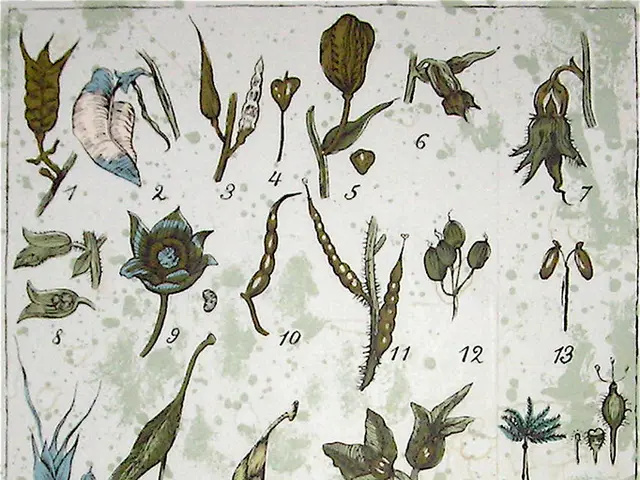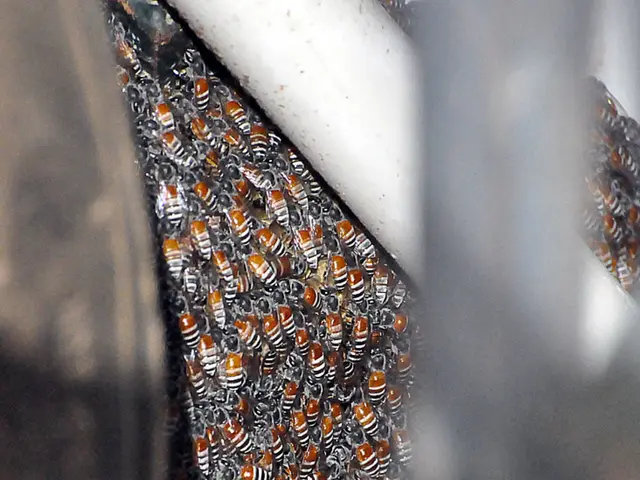Explore beyond the common perception of a resilient plant often regarded as a nuisance weed, for it conceals remarkable health benefits and a cache of nutrients that can bolster your wellbeing.
Go Green with Dandelions: The Secret Superfood
Who needs fancy veggies when you've got dandelions, right? Yes, you read that right! Those pesky, yellow, lawn-ruining weeds are actually a hidden gem waiting to be cultivated in your backyard. Not convinced? Let's dive in!
Dandelions, often seen as garden pests, are actually part of the Asteraceae family - cousins to sunflowers, daisies, and even lettuce. It's time to change our perception of this unsung hero. For centuries, dandelions have been used in traditional medicine and boast a long list of culinary and medicinal uses.
Colleen Codekas, a plant enthusiast from Vermont, states, "People often try to get rid of dandelions using harmful chemicals, not realizing how beneficial they can be. They're a perennial herb with a plethora of health benefits!" And with roots, leaves, and brightly colored heads edible, these weeds can be a garden goldmine!
Now, you might be wondering why you'd want dandelions in your garden instead of getting rid of them. Well, dandelions are impressive self-seeders that can thrive in various conditions, making them ideal for gardeners planning a vegetable patch or kitchen garden.
Loren Taylor, an experienced landscaper, shared his thoughts on dandelions: "Cultivating dandelion greens for food is easy, rewarding, and good for your health. They deserve a spot in more gardens, especially those designed with edible landscaping in mind. They're incredibly hardy and adapt well to different soil types. Give them a try!"
From a nutrition standpoint, dandelion greens are loaded with vitamins A, C, and K, folate, iron, calcium, magnesium, potassium, beta-carotene, and polyphenols. The roots even contain inulin, a natural soluble fiber.
So, how can we intentionally grow these dandelions without them taking over our lawns? Here are a few tips:
- Choose the Right Spot: Dandelions prefer slightly acidic to neutral soil (pH 6.2-7.0) that is well-drained and fertile. They don't do well in saturated soil but will bolt in drought. If you're in USDA zones 3-10, you're good to go!
- Sow Seeds: In early spring or late summer, sow dandelion seeds about 1/8 inch deep. Keep the soil moist until germination. You can also transplant existing dandelions carefully by avoiding the taproot.
- Container Gardening: Plant dandelions in containers to control spread. Deep pots, like 8-10 inches, are best for the taproot. Planting in pots or raised beds with root barriers can also help.
- Regular Harvesting: As cooler weather reduces bitterness, harvest young leaves in early spring or fall for best flavor. Regularly harvesting also prevents the plants from flowering and producing seeds.
- Deadheading: Regularly remove dandelion flowers before they produce seeds to prevent unwanted spread.
Embrace these fibrous friends, and watch your yard transform into a healthful oasis! And remember, even those dismissed as weeds can sometimes be more beneficial than we think. Embrace the wild!
- Incorporating dandelions into your garden landscaping can provide a nutrition-packed addition, since they are part of the Asteraceae family, which includes sunflowers, daisies, and lettuce.
- If you're considering edible landscaping in your lifestyle, dandelion greens are a hardy and adaptable choice, offering numerous health benefits.
- For those concerned about climate change and environmental science, cultivating dandelions can significantly reduce the need for harmful chemicals and contribute positively to the environment.
- When planning a food-and-drink centric lifestyle, dandelions could be the star ingredient for creative recipes, as they are rich in vitamins A, C, and K, folate, iron, calcium, magnesium, potassium, beta-carotene, and polyphenols.
- To grow dandelions intentionally in your garden or kitchen garden, follow practices like choosing the right soil, sowing seeds at the right time, using container gardening, regular harvesting, and deadheading to prevent unwanted spread.








